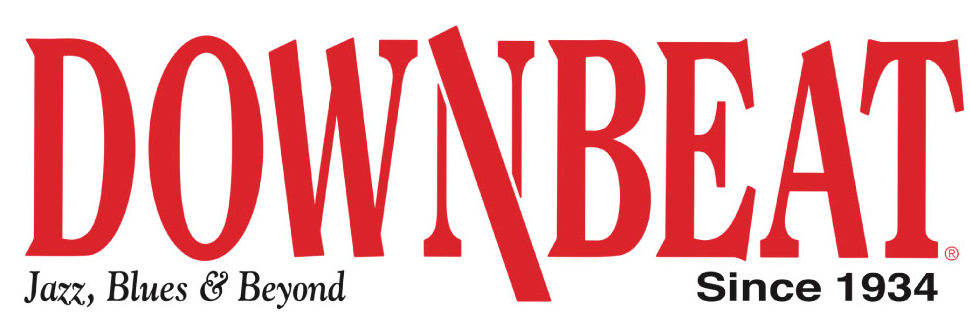TEN IMPORTANT TRANE TRAX-article for Jazz Times
It goes without saying that Trane was for my generation and even beyond that, one of the most admired musicians of all time. He had it all-perfect musicianship, relationships with the greatest jazz musicians; a musical vision of his own and of course the clear spiritual essence of his music which he so clearly enunciated on the recording “A Love Supreme.” Picking ten tracks is tough because he was so prolific, but I will use as my standard, the musical effect these tracks represented.
1-Giant Steps: As the standard bearer of the ultimate chord progression tune, this litle musical puzzle quickly became required for all jazz musicians post 1959 mainly because the chord progression was so unusual and challenging to say the least.
2-Countdown: From the same recording (Giant Steps), the tempo on this re-working of Miles Davis’ “Tune-up” uses the above mentioned “Giant Step” chord pattern, but at a speed that is beyond the scope of most mere mortals.
3-Naima: Also from the Giant Steps recording, “Naima” because of its pedal point bass line with moving chords superimposed above, was in a sense a harbinger of where music was about to move for the next fifty years.
4-Chasin’ The Trane: The ultimate blues performance, long and fiery without a chord insturment, recorded live at the venerable Village Vanguard in New York. Seemingly influenced to some degree by Ornette Coleman, who by the time of this recording (1961) had already had an impact on forward looking jazz musicians, this performance puts the tenor saxophone front and center, technically speaking. Trane uses a variety of new ways of looking at sound using the altissimo register (ultra high), with multiphonic and harmonics abounding….quite sophisticated. This performance became an encyclopedia of what was possible but never explored on that instrument.
5–Nancy With the Laughing Face: I could’ve chosen any ballad but I always loved this one from the Ballads recording for its lightness and clarity of purpose. The Ballads recording was was quite a shcock to the audience when it was released. No one expected Trane to lower the heat to such a degree in the mid ’60s when his music was so known for energy and intensity. But Trane could play a ballad like no one using his beautiful and lyrical tone to full advantage.
6-Impressions: There are probably a dozen or so versions of this standard progression evolved from MIles Davis’ “So What” harmonic scheme. This tune was the flag waver for the Classic Quartet, sometimes in live performanc lasting over an hour or more with the duet of Elvin Jones on drums and Trane doing most of the playing. The way Trane played this tune on a nightly basis was jazz at its highest peak: fiery, inventive, with cliff hanging tension and release…but most of all, true committment.
7-Crescent: My favorite all time track of Trane because of its absoulute perfection and economical sense of proportion and line. Using simple harmonies( nothing like Giant Steps) Trane plays a solo as if it were written out before hand. (Always a kind of meta goal of improvisers-meaning that the blowing stands up to the rigors of what a good composition should be-called compositional review). There are no fireworks on this track, but the “lightness of being” that the rhythm section get on this track is beyond words. Trane rides over Elvin Jones, McCoy Tyner and Jimmy Garrison like a bird in flight.
8-Pursuance: From the Love Supreme recording, this is the ultimate pentatonic exercise over a blues form at a fast tempo with the pots fully boiling. In a certain sense, this is a summary of what the Classic Quartet achieved in the harmonic and rhythmic realm during their period together in the early/mid 1960s.
9-One Up, One Down: Recorded live at the Half Note club in Manhattan, Trane takes two basic scale sounds (whole tone and augmented) and wrings everything out of them, again for a good part of the performance in duet with Elvin Jones. This is “Impressions” up one and from the historical standpoint seemed to represent Trane’s swan song towards playing the common language of jazz at the time. Free music, what we call Late Trane was about to happen.
10-Ascension: With the brightest of the then avant-garde at his side, Trane takes the music into a quasi-orchestral improvisation realm with everyone playing together at the same time, sans harmony, sans steady pulse, sans theme (no more than a little motif stated at the outset). This is the ultimate expression of the free jazz style of the mid 60s, with the chief of the tribe giving his benediction to the young-uns movement.
Dave Liebman
March 5 2011
Stroudsburg, PA 18360


